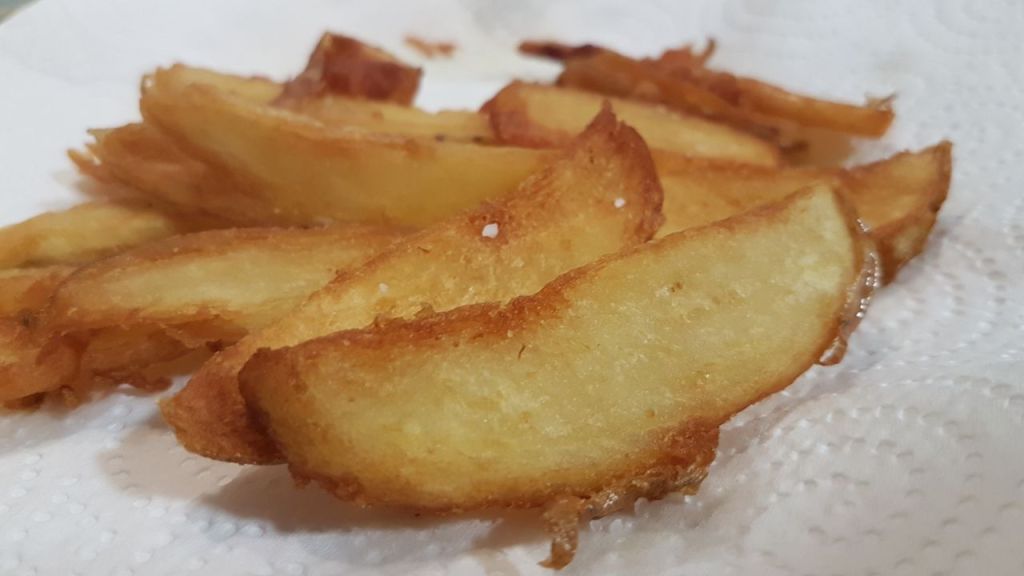
Today I bring you another trick to make use of a product that we usually throw away and, in many cases, demonize for being an element full of fat. We’re talking about chorizo’s fat. It is obvious that in large quantities, as most things, fat is harmful to our health but, as always, I totally encourage you to make use of it and not to abuse it.
As for the chorizo fat, I never throw it away (if you do, please recycle it at the cooking oil collecting points placed all around the villages/cities).
At home, we do not eat a great lot of chorizo but, sometimes, I cut a few slices to sauté on a dish. Once the chorizo is cooked and that natural fat that fully released, I let the fat cool in a glass jar and then place it directly in the fridge. This way, I will have on hand a new flavour enhancer for other dishes in which I do not want to use chorizo (or meat) but I want to have a special touch: sautéed, creams, soups, stews and so on. As long as we keep it in the fridge, the chorizo fat will be perfectly preserved for several months and a small amount (a teaspoon) will fill your recipes with loads of smokey flavour.
Give it a try and you’ll see that you’ll be adding a new condiment full of umami to your pantry.





